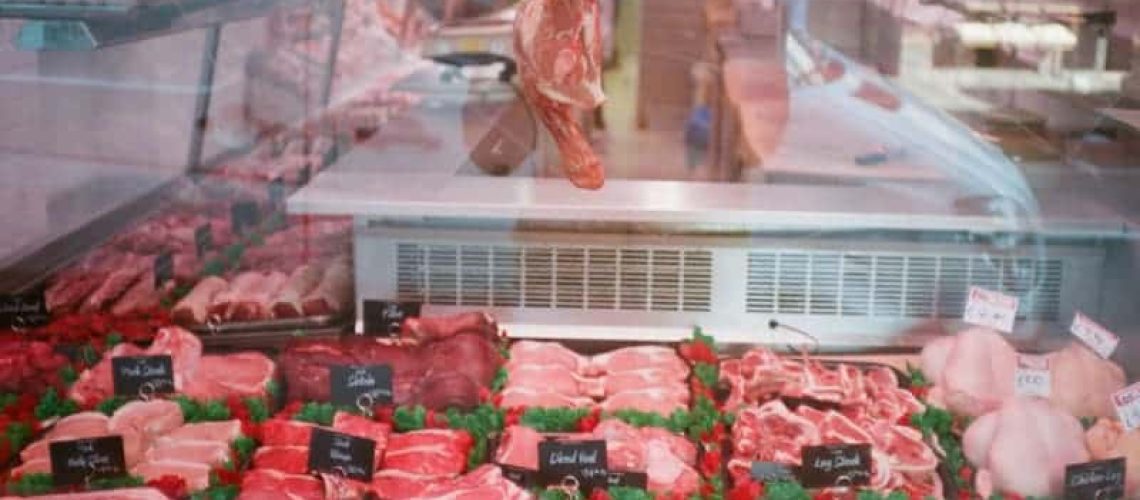Meat safety is a very important subject. Not only do we have to be aware of where meat comes from and how the meat is processed, but we also have to know where the meat is safest to eat.
Meat safety regulations are put in place to regulate the safety of meat products. The meat safety rules cover many areas, including hygiene, cleaning and storage. The purpose of meat safety regulations is to ensure that meat products are treated in a manner that ensures their safety for human consumption.
The Meat Safety Regulations – HACCP
The Meat Safety Regulations are split into five parts. Each part covers a specific topic.
Part 1 – Applicability
Part 1 of the regulations covers the initial application. This part includes requirements for the application for a licence, the fee for a licence and the costs involved in a licence application.
Part 2 – Meat Safety
Part 2 covers how the meat should be processed. The meat safety rules cover many areas, including hygiene, hygiene control, cleaning and heating.
Part 3 – Inspections and Audits
Part 3 covers inspections and audits. The meat safety regulations require meat producers, processors and manufacturers to have inspections carried out on premises.
Part 4 – Enforcement
Part 4 covers the enforcement of the meat safety regulations. The meat safety regulations are put in place to encourage compliance. The meat safety regulations include fines for offenders.
Part 5 – Quality Assurance
Part 5 covers the provision of quality assurance. The meat safety regulations require that quality assurance is provided to meat and food products.
In addition to these regulations, the meat safety rules apply to the preparation, storage and consumption of meat and meat products.
Local butchers often require supplies such as refrigeration units to store their products. They also need monitoring methods to meet the Butchers HACCP temperature monitoring needs.
Data loggers and other manual recording methods are increasingly obsolete due to the retrospective view of data. The damage is often already done. Using a good quality Wireless Temperature Monitoring System saves time, and money helps adhere to the regulations set out by Law and helps protect both your reputation and your customer’s safety. You get a 24/7 view of all freezers and receive alerts via your chosen method, email, SMS, WhatsApp or concierge call service.
Because so much goes into the preparation, storage, and sourcing of high-quality meat, it is imperative to show equal care towards the environment. This will not only meet Butcher HACCP regulations but also ensure that customers receive the best quality products from goods-in through goods-out.


